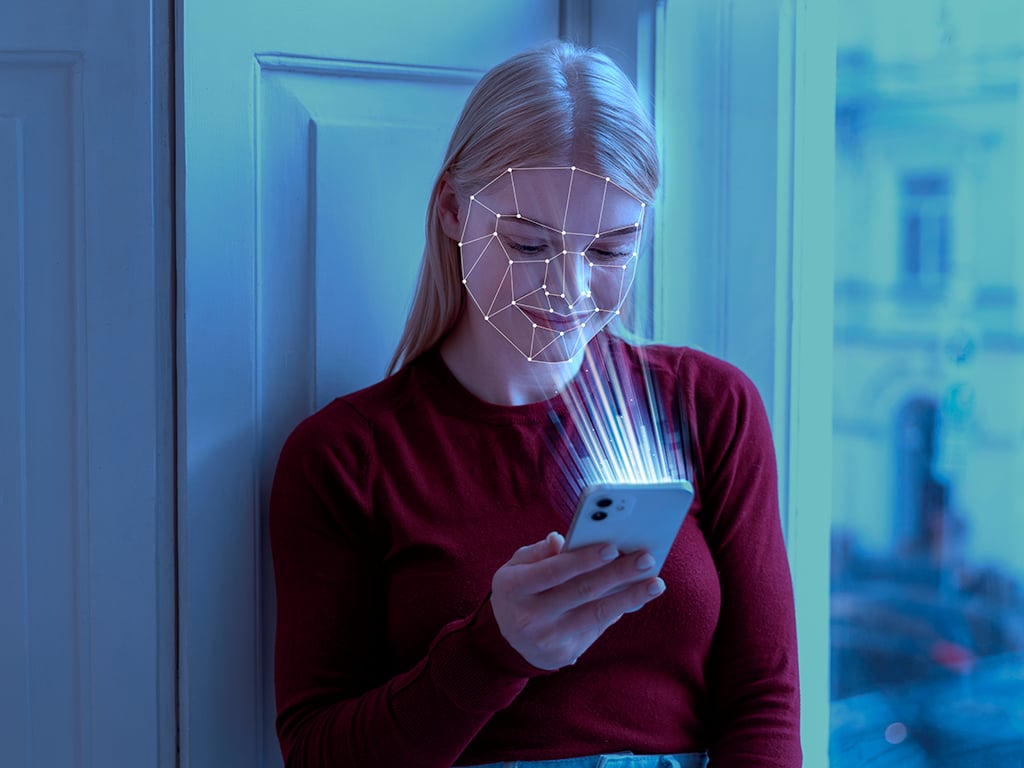Security
Digital Trust in the Identity Renaissance: Redefining Security for the Modern Age

The Significance of Identity Security in the Digital Era
In the fast-evolving landscape of cybersecurity, significant progress has been made in areas such as AI-driven threat detection, cloud-native architecture, and real-time analytics. However, amidst these advancements, one critical domain has lagged behind: identity security.
Despite substantial investments in tools and frameworks, persistent vulnerabilities like compromised credentials, phishing attacks, and outdated authentication methods continue to plague organizations. A recent survey of 750 global IT security leaders highlighted the alarming fact that nearly half of organizations experienced breaches last year, with 87% of incidents stemming from identity-related vulnerabilities.
This alarming trend underscores the urgent need for a paradigm shift in how we approach identity security. It marks the dawn of the Identity Renaissance, a fundamental transformation in how we secure, verify, and empower digital identities.
Identifying the Achilles Heel: The State of Identity Security
Identity remains a prime target for cyber threats and is often the least updated aspect of the security infrastructure. While other areas like infrastructure and endpoint security have evolved, identity systems remain rooted in outdated paradigms, with passwords being a chief culprit.
Survey data reveals that conventional authentication methods such as password managers and standard MFA still dominate the landscape, despite their inherent vulnerabilities. Passwords, besides being cumbersome, pose significant security risks by providing attackers with relatively easy access points.
The time has come to shift the narrative around passwordless authentication from a futuristic concept to a fundamental requirement for bolstering modern security measures. Delaying this transition only exposes organizations to greater risks that are entirely preventable.
Redefining Trust: The Imperative of Dynamic Identity
The traditional model of trust, based on one-time logins or static credentials, is no longer tenable in a world characterized by hybrid work environments, cloud proliferation, and sophisticated threats. The essence of Zero Trust lies in continuous verification – a security mindset that demands authentication of every user and device, every time.
Zero Trust necessitates a departure from implicit trust and advocates for real-time, context-aware validation. This security model operates on the assumption that no user or device can be inherently trusted, even within corporate networks. Therefore, continuous verification of user identity and device security posture is paramount.
However, the efficacy of Zero Trust hinges on the reliability of identity systems. Outdated authentication methods like passwords, shared secrets, and knowledge-based verification are incompatible with this model. Modernizing the foundational aspects of identity is a prerequisite for establishing a robust Zero Trust architecture.
The AI Challenge: Addressing Emerging Threats
The advent of generative AI has introduced a new breed of threats that traditional identity solutions struggle to combat effectively. Deepfakes, voice cloning, document forgery, and synthetic identities are potent tools wielded by malicious actors, necessitating a fresh approach to identity verification.
Legacy authentication mechanisms like knowledge-based questions and SMS codes are inadequate in the face of AI-driven deception. To counter these threats, authentication methods resistant to manipulation, rooted in cryptographic principles, and capable of real-time adaptation are imperative.
Emerging technologies such as biometric-backed passkeys, decentralized identity models, and device-bound credentials are emerging as vital defenses in this evolving landscape. These solutions not only verify identity but also provide secure and seamless proof of identity.
Harmonizing Security and Usability: The False Dichotomy
Contrary to the prevailing belief that robust security compromises user experience, the most secure systems are often the most user-friendly. Seamless authentication processes that operate in the background tend to garner user acceptance, whereas cumbersome methods lead to user resistance and workarounds.
Future-proof security solutions prioritize frictionless user experiences while maintaining formidable security measures. Concepts like Face ID and tap-to-authenticate exemplify the direction in which authentication mechanisms should evolve, moving away from traditional approaches like CAPTCHA and password resets.
Simplicity Breeds Security: Streamlining Identity Management
The cybersecurity landscape is cluttered with tools promising comprehensive protection but often resulting in operational complexity. Fragmented identity systems across different vendors, protocols, and platforms introduce vulnerabilities that can be exploited by attackers.
To scale securely, organizations must adopt unified platforms that are easy to deploy, manage, and evolve. Security solutions should be intuitive, automated, and resilient by design, eliminating the need for heroic efforts to maintain a secure environment.
Embracing a Culture of Digital Trust Beyond Compliance
Many organizations view security as a mere compliance checkbox rather than a strategic imperative. Compliance sets the minimum standards for security but falls short of ensuring robust protection.
Establishing a culture of security requires a holistic approach, with executive buy-in, cross-functional alignment, and a relentless focus on risk reduction. Identity security transcends IT concerns; it is a core business necessity that underpins operational integrity and fosters innovation and trust.
Pioneering the Identity Renaissance
We are on the cusp of a new era defined by digital-first interactions, AI threats, and evolving user expectations. This transition presents an opportunity for organizations to proactively redefine identity security as a strategic asset rather than a reactive measure.
The Identity Renaissance is not a distant vision but a current reality. As leaders in the cybersecurity realm, it falls upon us to shape this transformative journey.
Bojan Simic, the CEO of HYPR, envisions a future devoid of shared secrets through his expertise in authentication and cryptography. His leadership at HYPR aligns with the FIDO Alliance’s mission to eliminate passwords and revolutionize digital trust.
Connect with Bojan Simic on LinkedIn at https://www.linkedin.com/in/bojansimic/ and learn more about HYPR at https://www.hypr.com/.
-

 Facebook5 days ago
Facebook5 days agoWarning: Facebook Creators Face Monetization Loss for Stealing and Reposting Videos
-

 Facebook5 days ago
Facebook5 days agoFacebook Compliance: ICE-tracking Page Removed After US Government Intervention
-

 Facebook5 days ago
Facebook5 days agoInstaDub: Meta’s AI Translation Tool for Instagram Videos
-

 Facebook6 days ago
Facebook6 days agoBreaking Updates: Meta Connect 2025 Unveils Latest Developments
-

 Video Games6 days ago
Video Games6 days agoGoku Takes on the Dragon Ball FighterZ Arena
-

 Video Games7 days ago
Video Games7 days agoTekken 8: Rise of the Shadows
-

 Cars5 days ago
Cars5 days agoRevving into the Future: Ferrari’s Plan to Unleash 20 New Models, Including Electric Vehicles, by 2030
-

 Amazon7 days ago
Amazon7 days agoNeil Young Takes a Stand: Pulling Music from Amazon in Protest of Jeff Bezos’ Support for Trump































